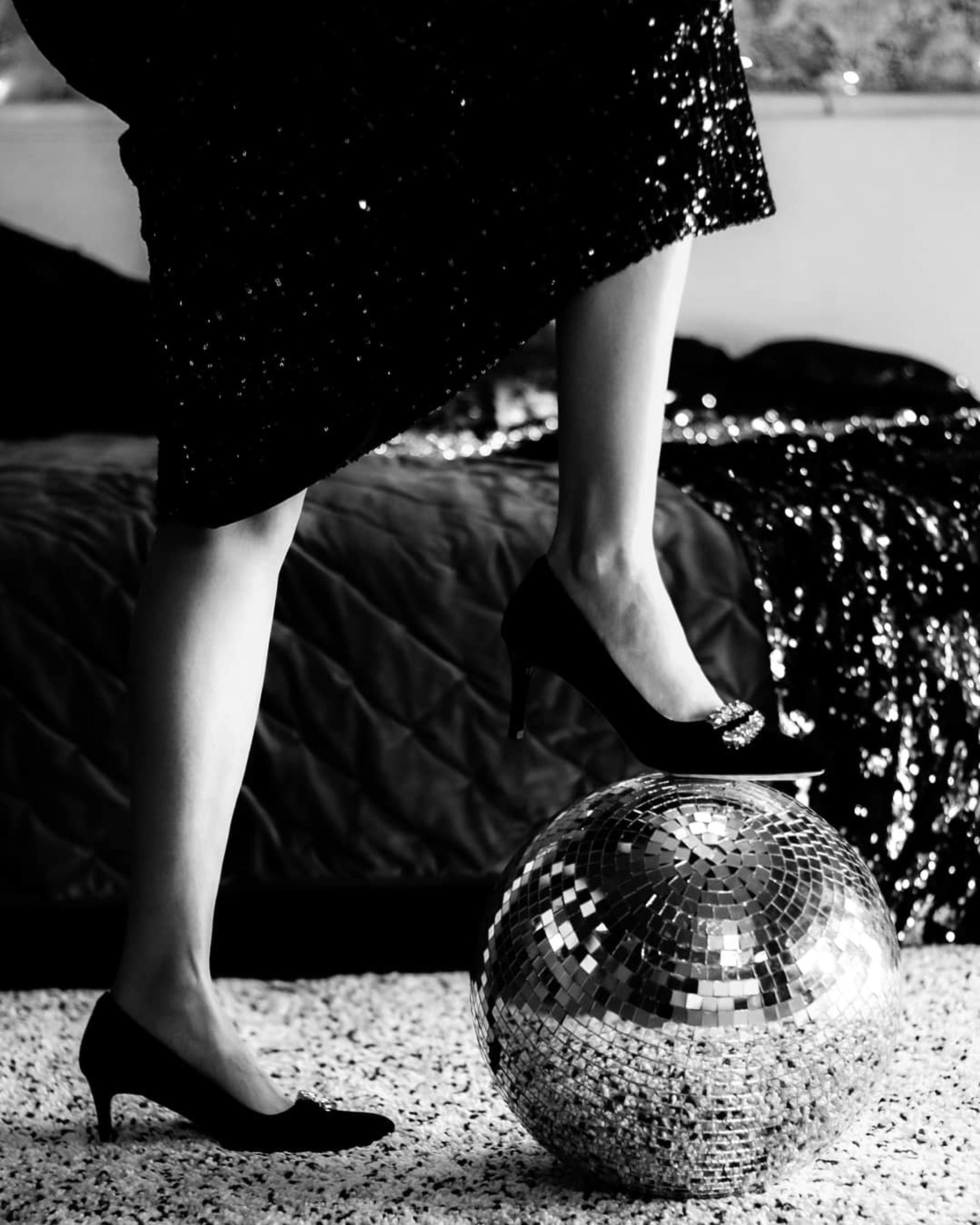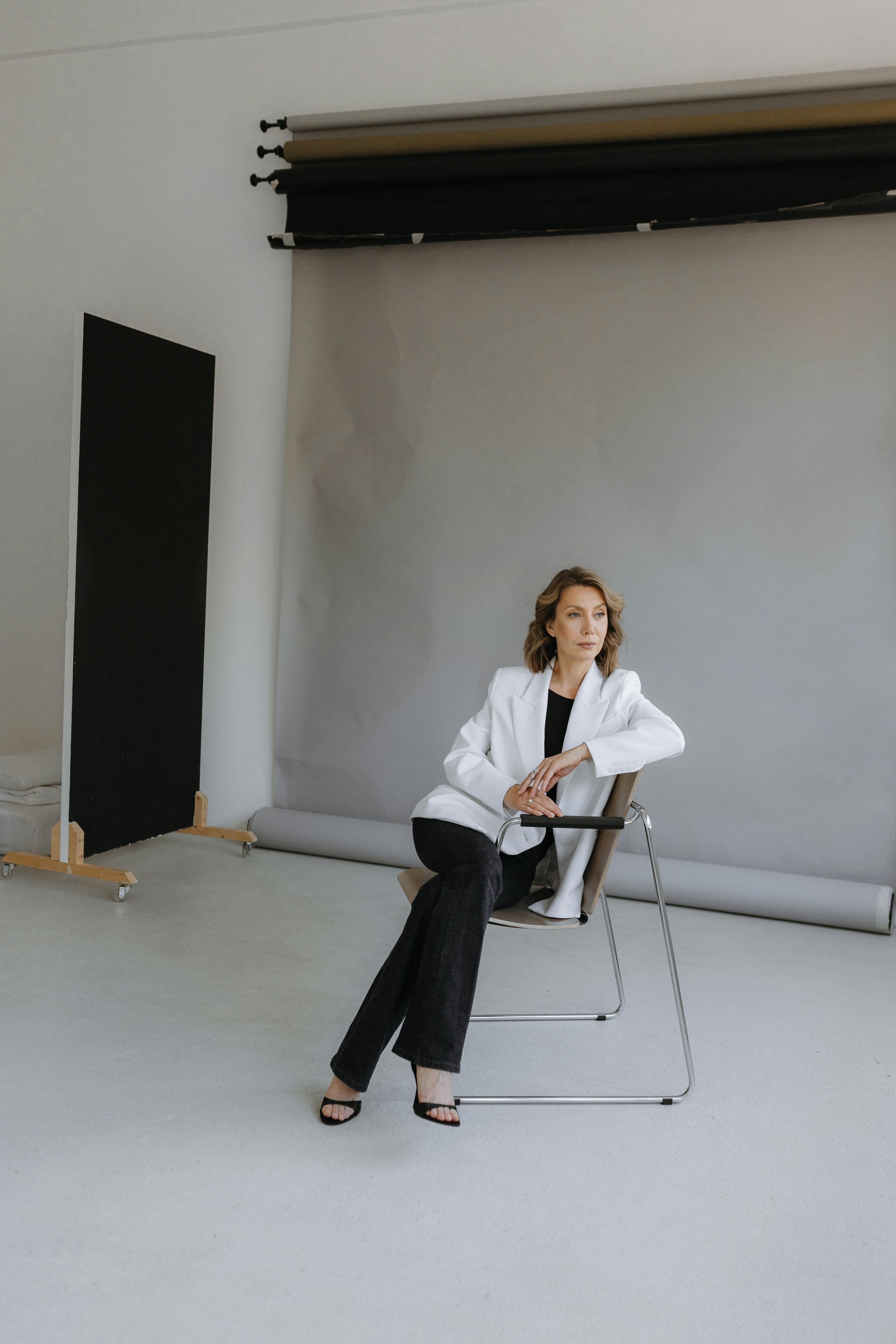Think of your outfit as a suit of armor. Just like knights polished their shields before battle, dressing with intention arms you for the challenges of your day. Your clothes don’t just cover your body—they send signals to your brain, influence your mood, and determine how others see you. In this post, you’ll discover the psychology behind clothing: why what you wear matters, how you can use colors, fit, and style to boost confidence, and simple strategies to walk out every morning feeling empowered.
1. The Science Behind “Clothes = Confidence”
The concept of enclothed cognition shows that the clothing we wear affects our psychological state. In one study, people wearing formal attire rated themselves more competent and performed better on tasks than those in casual wear. Another study found that when participants wore “casual” clothes, they described themselves using more casual traits; when wearing formal clothes, they leaned into more formal traits. This shows clothing primes certain self-perceptions.
Practical Tip: Before a big meeting or event, pick an outfit that matches the role you want to embody. For example: tailored jacket + polished shoes = authority. It helps shift your mindset into “I’ve got this” mode.
2. The Role of Color: Mood, Message & Self-Perception
Want to feel more energetic, calmer, or more powerful? The color of your outfit is a cheat code.
-
Warm colors like red, orange, and yellow are linked to energy, passion, and assertiveness. Wearing even a small red piece (tie, accessory) can make you feel bold.
-
Cool colors like blue, green, and purple tend to induce calm, trust, and composure. Great for work settings or when you want to feel grounded.
-
Neutrals such as black, white, gray, and earth tones provide a flexible base that often conveys professionalism and sophistication.
Practical Tip: Keep a “power color” piece in your wardrobe—for example, a top, scarf, or blazer in a hue that makes you feel confident. Use that when you need a boost.
3. Fit & Silhouette: When Clothes Feel Like They Work With You
One of the most underrated confidence boosters? Clothes that actually fit.
Ill-fitting clothing (too tight, too loose, wrong cut) often causes discomfort, distraction, and self-consciousness. In contrast, clothing that flatters your proportions supports posture, ease of movement, and overall comfort. Silhouettes that align with your body shape and personal style tend to feel more authentic and confidence-building.
Practical Tip: Do a wardrobe check: try on pieces and note which ones make you feel physically comfortable and emotionally strong. Keep those. Alter or donate ones that don’t.
4. Style + Context: Dressing Intentionally
The right outfit for the right moment can boost confidence; the wrong one can chip it away.
Dressing with awareness of context (work, social, casual, formal) aligns expectations and reduces those awkward moments where you feel out of place. Accessories, shoes, and layers can also shift how dressed up or casual an outfit feels.
Practical Tip: Before heading out, ask: What impression do I want to give? How do I want to feel? Choose one element (a bold accessory, a special pair of shoes, or a favorite scarf) to anchor your outfit and build around that.
5. Beyond Clothes: Self-Image, Feedback & Reinforcement
What happens outside the mirror matters just as much as what you wear.
Self-image is shaped by more than just clothes—it evolves through reflection, feedback from others, and how you carry yourself. Compliments, positive responses, or simply noticing yourself in the mirror with pride all reinforce confidence. Conversely, negative experiences can chip away at it.
Practical Tip: Keep a “go-to” outfit that always gets you positive feedback or makes you feel great. On days you feel low or insecure, lean on that outfit. Over time, it becomes a mental “safe base” for confidence.
Conclusion
Every morning, you have the chance to dress not just to cover yourself, but to send a message—to yourself and to the world. Choose pieces that reflect who you are, who you want to be, and what energy you want to bring. When your outer shows your inner strength, confidence isn’t something you hope for—it’s something you wear.
Sources
-
Hannover, B., & Kühnen, U. (2002). “Dress, body and self: research in the social psychology of dress.” Fashion and Textiles Journal.
-
Mufti Studio. “The Psychology of Fashion: How Clothing Affects Mood, Confidence, and Perception.”
-
Lush Lemon. “The Psychology of Color in Fashion: How Your Outfit Choices Affect Your Mood and Confidence.”
-
Kerry’s Style Sessions. “Colour Psychology In Fashion: How To Use Colours To Boost Confidence.”



